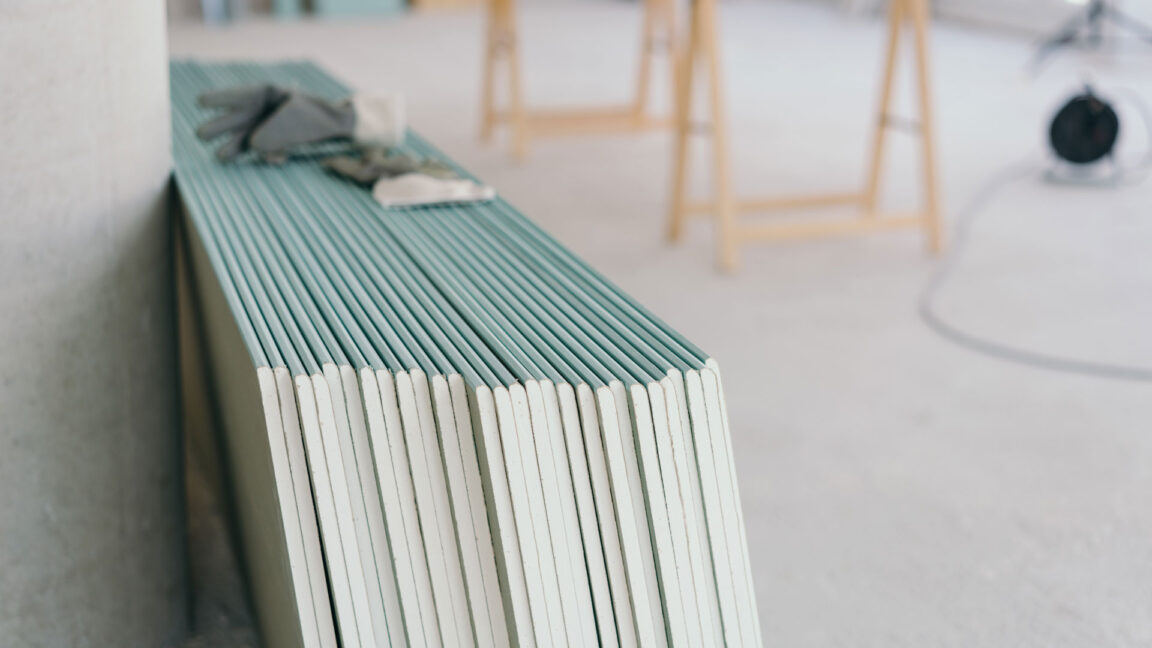
Unveiling the Secrets: How to Accurately Identify Water Damage in Drywall
November 14, 2023Water damage in drywall can be a serious issue, leading to structural damage, mold growth, and potential health hazards. Identifying water damage early on is crucial to prevent further deterioration and costly repairs. In this comprehensive guide, we will delve into the various signs and techniques to determine if drywall has been affected by water damage. By following these expert tips, you can safeguard your property and ensure timely remediation.
- Visual Inspection:
One of the initial steps in identifying water damage in drywall is conducting a thorough visual inspection. Look for the following indicators:
a) Discoloration: Water stains on drywall often appear as yellowish or brownish patches. These stains may be irregularly shaped and can vary in size.
b) Swelling or Bubbling: Water-damaged drywall may exhibit swelling or bubbling, indicating that moisture has penetrated the material. This can cause the drywall to become soft or spongy to the touch.
c) Peeling or Cracking Paint: Paint that is peeling or cracking, especially in a localized area, can be a sign of water damage. The moisture weakens the bond between the paint and the drywall, causing it to separate.
d) Mold Growth: Water damage creates a favorable environment for mold growth. Look for visible signs of mold, such as black or green patches, as they often accompany water damage.
- Odor Detection:
In some cases, water damage may not be immediately visible. However, a distinct musty odor can indicate the presence of hidden water damage. If you notice a persistent damp or moldy smell in a specific area, it is essential to investigate further. - Moisture Meter:
To accurately assess the extent of water damage, professionals often employ a moisture meter. This device measures the moisture content within the drywall, providing quantitative data. By comparing readings from different areas, you can identify areas with excessive moisture levels, even if they appear dry on the surface. - Thermal Imaging:
Advanced techniques, such as thermal imaging, can aid in detecting hidden water damage. Thermal cameras detect temperature variations, highlighting areas of potential moisture intrusion. This non-invasive method allows for a comprehensive assessment of the affected drywall. - Professional Inspection:
When in doubt or dealing with extensive water damage, it is advisable to seek professional assistance. Certified inspectors possess the expertise and specialized tools to accurately identify and assess water damage in drywall. They can provide detailed reports and recommend appropriate remediation measures.
Conclusion:
Identifying water damage in drywall requires a keen eye and a systematic approach. By conducting a visual inspection, detecting odors, utilizing moisture meters, employing thermal imaging, and seeking professional help when needed, you can effectively determine if drywall has been compromised by water damage. Early detection and prompt action are vital to mitigate further damage and ensure a safe and healthy environment. Stay vigilant and protect your property from the detrimental effects of water damage.